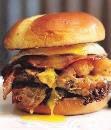











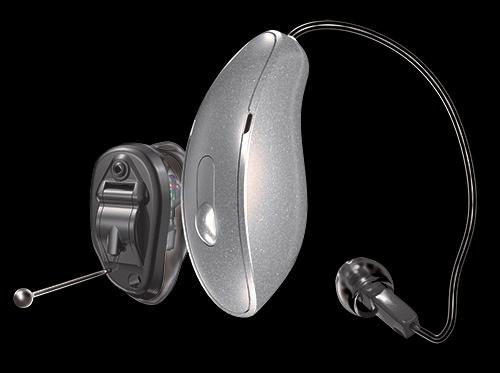

by Janet Spencer
Come along with Tidbits as we consider the history and development of television!
• 1922: The first electronic image transferred by wire occurs, accomplished by the Navy in Washington, D.C. It is a still image.
• 1923: The first moving image is transferred by wire, also bythe Navyin Washington, D.C
• 1925: An office boy in a laboratory becomes the first human face depicted on TV during a test demonstration of the technology.
• 1932: The BBC issues its first broadcast in the U.K. as a test. The program, featuring dancing girls, runs for four minutes and is the oldest survivingrecordingof broadcast television
• 1936: The Summer Olympics in Berlin become the first sporting event on TV.
• 1938: The first commercially available television sets go on sale to the public for $433, equal to about $9,600 today.
• 1941: In the world’s first commercial, Bulova airs a ten-second ad for its watches during a baseball game between the Brooklyn Dodgers and the Philadelphia Phillies. It features a Bulova watch over a map of the U.S., and the announcer states, “America runs on Bulova time!” Bulova paid $9 for the ad. (cont)


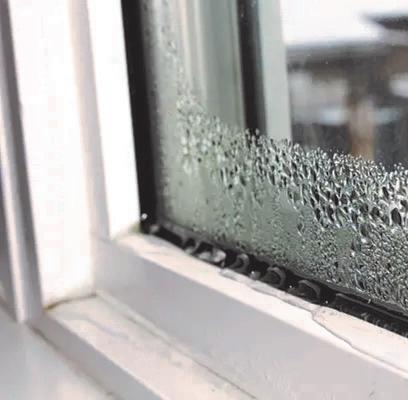













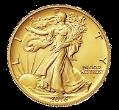
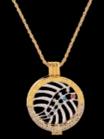



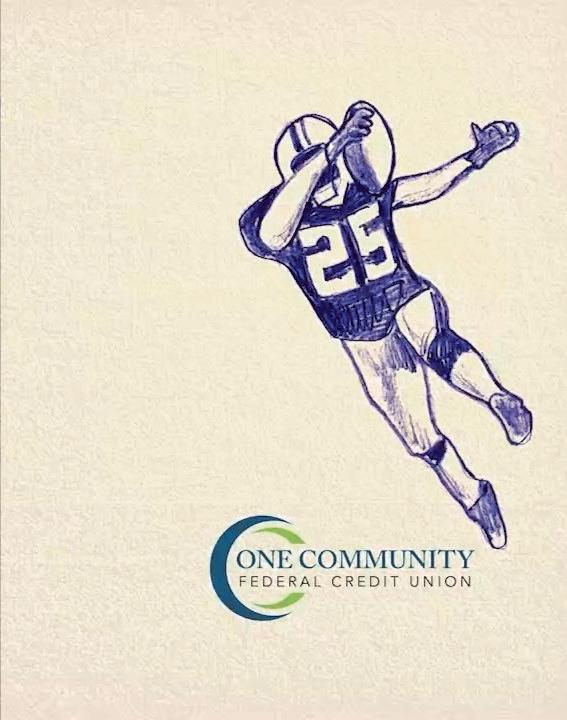


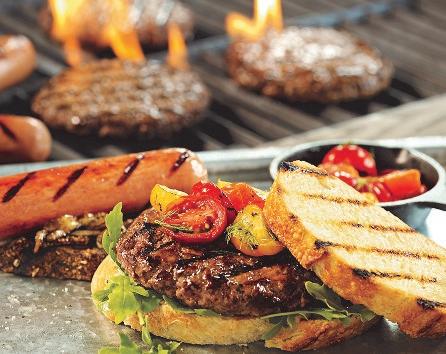






is Published & Distributed Weekly By: CindAl Publishing Company 812 55th St. Vienna, WV 26105 e-mail: alan@tidbitsmov.com
Advertising: 304.210.3812
We reserve the absolute right to accept, reject, discontinue or refuse any advertisement personal or commercial that we deem may not be conducive for our publication or Tidbits®. The publisher does not assume any responsibility for the claims of its advertisers. Tidbits® is committed to remain a family oriented publication. www.tidbitsmov.com
• 1942: Production of TV sets is suspended until 1945 due to World War II.
• 1945: The National Broadcasting Company (NBC) demonstrates the first color TV. NBC becomes the first network service in the U.S. with regularly scheduled programming.
• 1947: The first sitcom in the U.S. airs with “Mary Kay and Johnny” starring real-life couple Mary Kay and Johnny Stearns. The first kid’s show is “Kukla, Fran and Ollie” quickly followed by “Howdy Doody.” “Meet the Press” hits the airwaves and becomes the longest-running TV show in history.
• 1950: Nielsen Media Research begins providing television ratings data.
• 1951: The first transcontinental TV broadcast across the U.S. takes place, originating in San Francisco during the Japanese Peace Treaty Conference. “Dragnet.” “Hallmark Hall of Fame,” “Search for Tomorrow,” and “The Roy Rogers Show” begin broadcasting. The “I Love Lucy” show is the first to be filmed in front of a live studio audience.
• 1950: Six million TV sets are now in use in the U.S. Zenith releases the first TV remote control, called “Lazy Bones.” It connects to the TV via cable. “The Hank McCune Show” is the first to use a pre-recorded laugh track.
• 1952: “The Today Show” begins its run as the nation’s longest-running early morning show.
• 1953: Lucille Ball gives “birth” to her son “Little Ricky” in an episode of “I Love Lucy,” paralleling her real-life pregnancy with her son Desi Arnez, Jr. The word “pregnant” is never mentioned; she is always “expecting.” 74% of all Americans who had a TV tuned in, a record not broken until 1956, when Elvis appeared on the “Ed Sullivan Show,” with 83% of viewership. (cont) Kym H From Vienna Found Tommy In Issue 1262

In this issue of TidbitsMOV our boy Tommy Tidbits is hiding

When you find him, to enter the weekly contest, please send us a message including your name, POSTAL MAIL address, the issue number you are referring to and which ad is hosting Tommy for the week! Visit www.tidbitsmov.com or send the answer with the above information to alan@tidbitsmov.com OR you may send us a private message to our Facebook page - Tidbits MOV. PLEASE do not post the answer directly to the page - that ruins the fun for everyone. All winners will be drawn randomly from correct responses and will be posted weekly. As with all our contests, though you are welcome to play every week, you are only eligible for one winner per household per month.






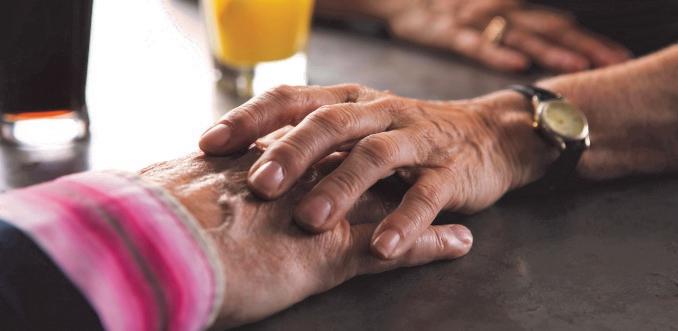


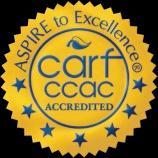
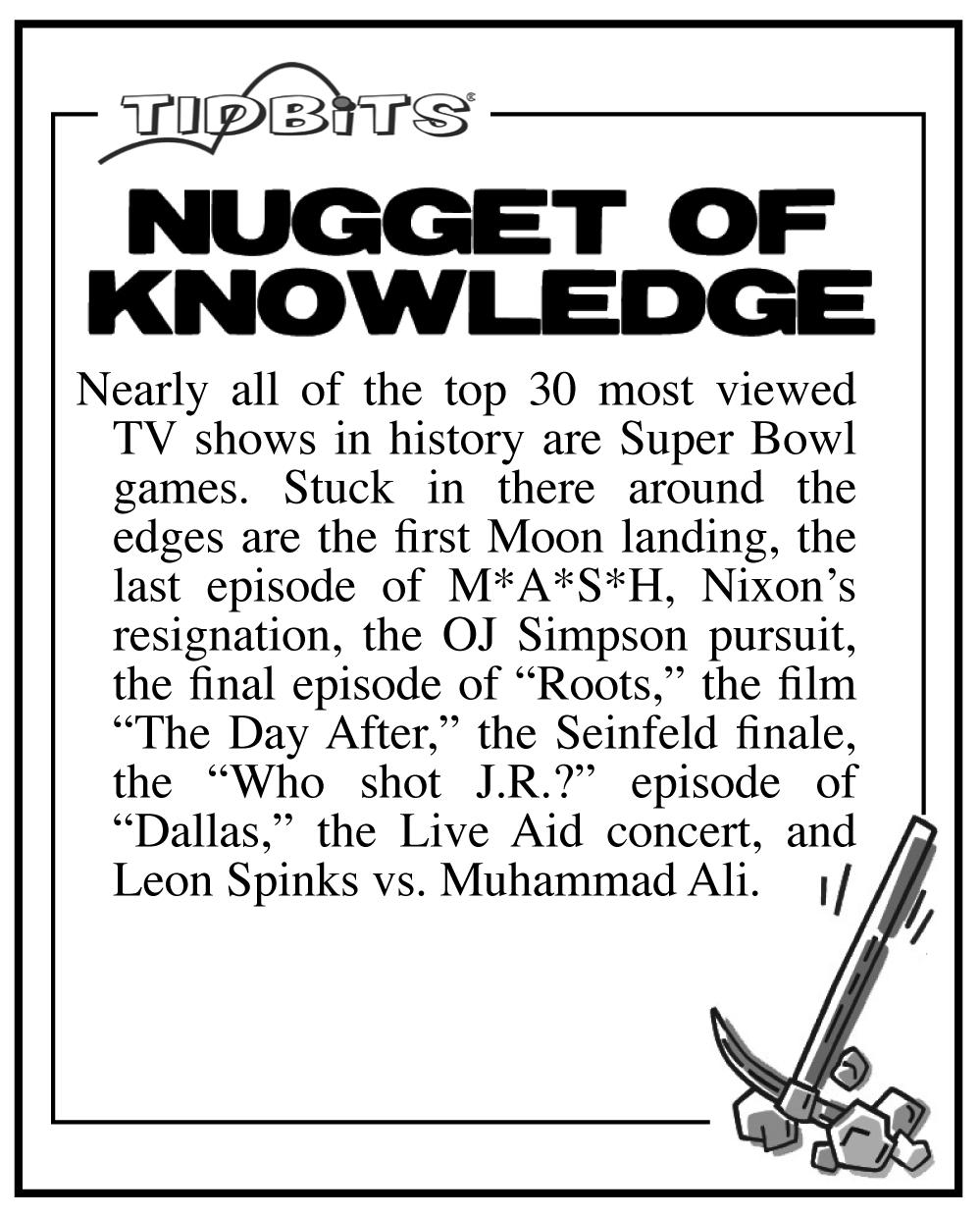









• 1953: The first issue of “TV Guide” hits the stands, featuring baby Desi Arnez, Jr. About 53% of American households have a TV.
• 1954: The first color TVs go on sale. The first color broadcast aired nationwide is the Tournament of Roses Parade in Pasadena, California, on New Year’s Day. NBC’s sitcom “The Marriage,” starring real-life couple Hume Cronyn and Jessica Tandy, becomes the first prime-time series produced in color.
• 1954: “The Tonight Show” airs, becoming the second longest-running show on TV.
• 1955: The first game show is “The $64,000 Question.”
• 1956: Zenith introduces the “Space Command” remote control which uses ultrasound to control channel and volume.
• 1960: The presidential debate between Nixon and Kennedy is the first ever shown on TV.
• 1961: Walt Disney’s “Wonderful World of Color” spurs sales of color TVs. Kennedy gives the first live televised press conference.
• 1962: The launch of the communications satellite “Telstar I” makes global transmissions possible.
• 1964: A controversial ad called “Daisy” aired by the Johnson campaign depicts a young girl obliterated by a nuke in TV’s first political ad.
• 1964: The first made-for-TV movie, “See How They Run,” starring Leslie Nielsen, Jane Wyatt, and John Forsythe, airs on NBC.
• 1965: Half of all programming is in color.
• 1966: 100% of prime-time shows are in color.
• 1970: RCA introduces the first electronic remote control that uses digital signals.
• 1972: Home Box Office (HBO) becomes the first paid television channel. (cont)






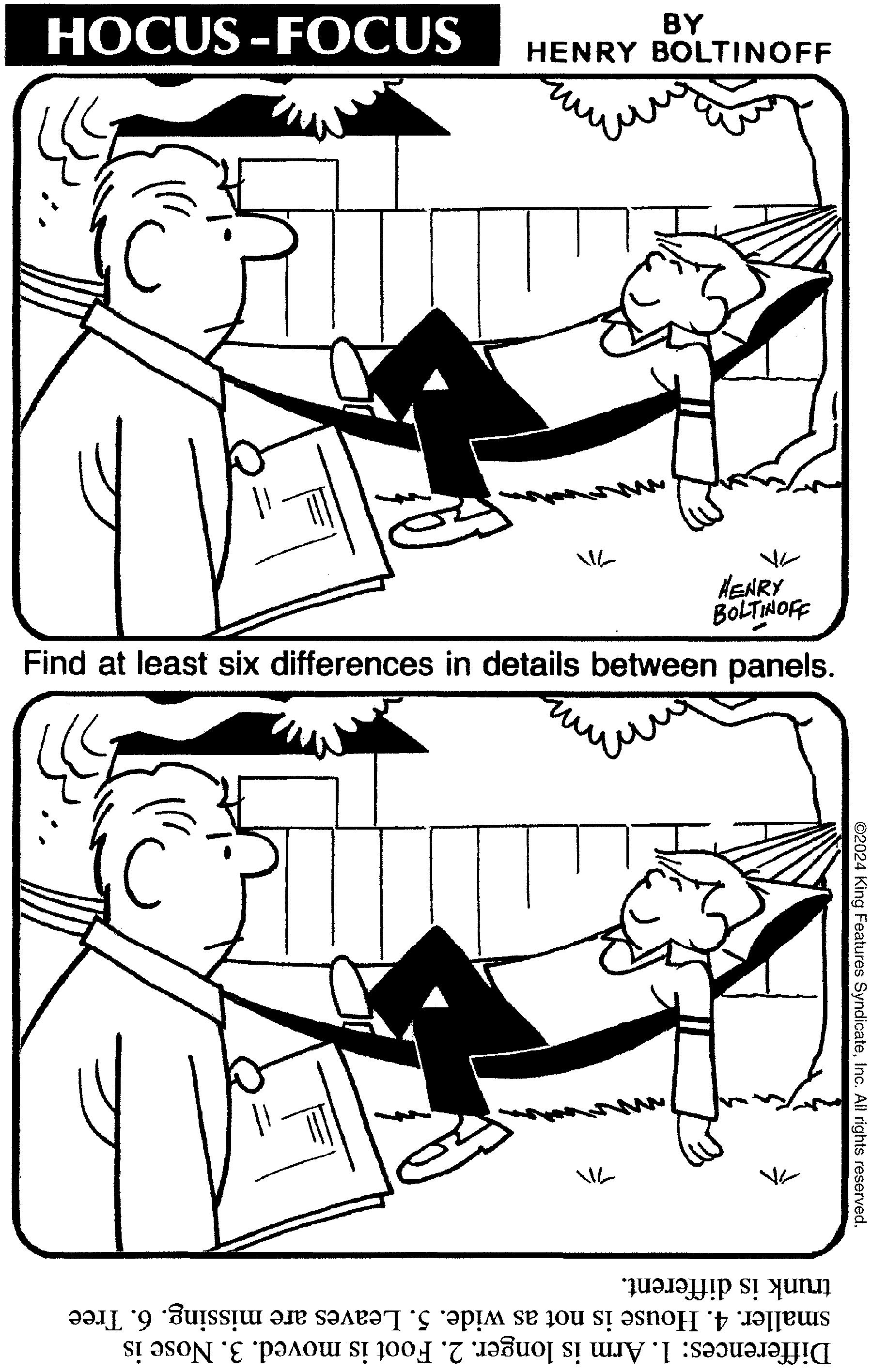
• 1973: The first partial male nudity is depicted in an episode of “M*A*S*H as Radar is in the shower when a sniper attack sends him running for cover, losing his towel. There is a brief glimpse of his rear end.
• 1975: The sitcom “Hot L Baltimore” is the first to run a “mature themes” warning. Two characters are ladies of the evening, one is an illegal immigrant, and two are gay lovers, the first gay couple ever depicted on TV.
• 1975: The first navel on TV belongs to Cher, during “The Sonny and Cher Comedy Hour.”
• 1977: The first VCRs and VHS tapes go on sale.
• 1979: ESPN launches the first all-sports channel and Nickelodeon is the first channel devoted to kid’s programming.
• 1980: CNN becomes the first 24-hour news channel. The first remotes using infrared technology go on sale.
• 1981: MTV debuts.
• 1987: The first universal remote, designed by Steve Wozniak, hits the market.
• 1990: Primestar becomes the first North American direct-broadcast satellite service.
• 1994: By now 99% of all American households own a TV.
• 1996: DVD players and DVD movies are introduced. The first movie ever commercially released on DVD is “Twister.”
• 1997: Netflix is founded. The first plasma TVs are introduced.
• 2006: The Hollywood movie “The History of Violence” starring Viggo Mortensen, Ed Harris, and William Hurt becomes the final movie ever released on VHS.
• 2016: The last company to manufacture VCRs goes out of business.


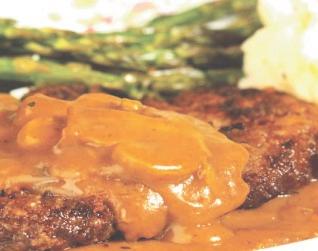



In the heart of Appalachia, where the rolling hills are as steeped in tradition as they are in natural beauty, one humble culinary creation reigns supreme: the pepperoni roll.
Originating in the early 20th century, this beloved snack was born out of necessity in West Virginia's coal mining communities. Italian immigrants, many of whom worked in the mines, ingeniously combined their culinary heritage with locally available ingredients to create a portable, hearty meal. By wrapping spicy pepperoni slices in soft, yeasty dough, they crafted a convenient snack that didn't require refrigeration and could easily be held in one hand a perfect solution for miners working long hours underground.
The genius of the pepperoni roll lies in its simplicity. The dough, soft and pillowy, bakes around the pepperoni, which releases its flavorful oils into the bread as it cooks. The result is slightly spicy, savory and perfectly satisfying. It's no wonder this snack quickly became a staple in homes and bakeries across West Virginia.
Today, pepperoni rolls are celebrated not only for their comforting flavors but also for their rich history. They're a cherished symbol of Appalachian culture, served at family gatherings, sold at local bakeries and enjoyed by people from all walks of life.
But pepperoni rolls aren't just about nostalgia they're incredibly versatile, mak-

ing them the perfect snack for today's busy lifestyles. As families prepare for the back-to-school rush, pepperoni rolls offer a quick and easy option for afterschool snacks or to pack in lunchboxes. Their portability makes them ideal for kids on the go, whether they're heading to soccer practice or dance class. For adults, pepperoni rolls are a great grab-and-go snack for busy workdays, and they're a hit at tailgate parties and picnics. Because they don't require refrigeration, they're easy to transport, making them perfect for outdoor events or road trips. Plus, they're a crowdpleaser. Who can resist the combination of warm bread and savory pepperoni? While making pepperoni rolls from scratch is a labor of love, there's an easy shortcut version that's just as delicious. Using store-bought frozen bread dough, you can whip up a batch in no time.
Servings: 8
Total Time: 27 minutes
16 ounces frozen bread dough, thawed 16 slices pepperoni
4 slices mozzarella cheese, cut into quarters
1/2 teaspoon Italian seasoning
1 large egg, well beaten
Splash of water
Preheat the oven to 400 F. Line a large baking sheet with parchment paper. On a clean work surface, cut the thawed bread dough into 8 equal parts. Flatten each piece to about 4 by 4 inches using your hands or a rolling pin. Place 2 slices of pepperoni in the center of each dough square. You can add more pepperoni if you like, and no one would be mad at you.
Top with 2 pieces of mozzarella and




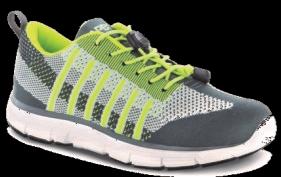



sprinkle with Italian seasoning. Fold the outer edges of dough over the filling, then tightly roll the dough, pinching the seams to seal in the goodness. Place each roll seam-side down on the prepared baking sheet, ensuring they're not touching.
In a small bowl, beat the egg with a splash of water to make an egg wash. Brush the tops of each roll with egg wash for that beautiful golden, glossy finish.
Bake for 10-12 minutes until golden brown. Allow them to cool on the baking sheet for about 5 minutes before serving Serve warm with pizza or marinara sauce for dipping. They're just as tasty at room temperature, making them perfect for snacking anytime, anywhere.
***
Lifestyle expert Patti Diamond is the pennypinching, party-planning, recipe developer and content creator of the website Divas On A Dime Where Frugal, Meets Fabulous! Visit Patti at www.divasonadime.com and join the conversation on Facebook at DivasOnADimeDotCom. Email Patti at divapatti@divasonadime.com (c) 2024 King Features Synd., Inc.
Homemade pepperoni rolls perfect for after-school snacks or game-day gatherings
CREDIT: www.JasonCoblentz.com
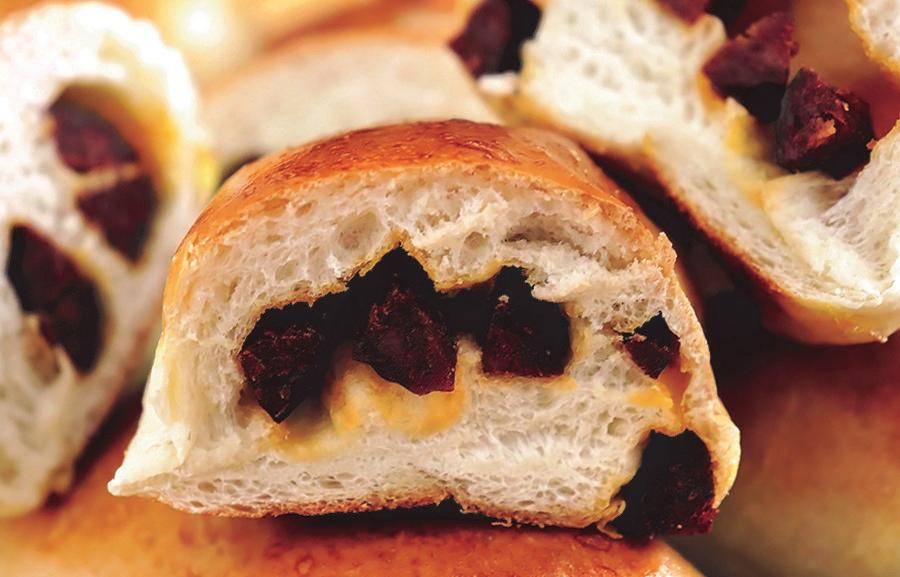



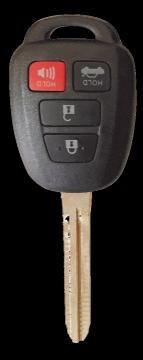




• Number of times you will blink per day: 14,000
• Minutes your eyes will be closed due to blinking per day: 23
• Number of times your eyeballs will move in a single day: 250,000
• Percentage of the eyeball that can be seen: 1/6th
• Number of times you will swallow today: 2,000
• Number of blood cells your body has manufactured in the time it takes to read this sentence: 1 million
• Number of red blood cells in a single teaspoon of blood: 25 billion
• Number of weeks a red blood cell will live: 16
• Number of trips around the body that red blood cell will make before dying: 150,000
• Number of miles it will travel in that time: 100
• Number of strands of DNA it would take to equal the width of one human hair: 20 billion
• Number of individual cells in the average body each operating in cooperation with the others: 37 trillion
• Number of species of microbe living on human skin on average: 200
• Number of different digestive enzymes the human gut can produce on its own: 20
• Number of different digestive enzymes the bacteria in the human gut can produce: thousands
• Minutes an average bacteria in the gut lives before dying of old age: 20 (Continued page #7)













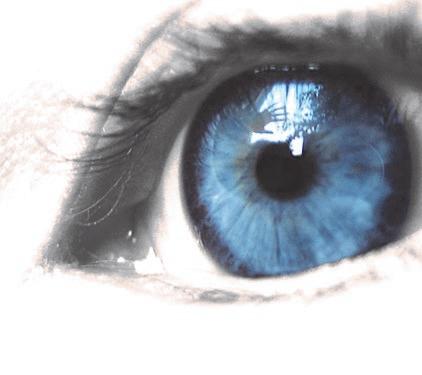



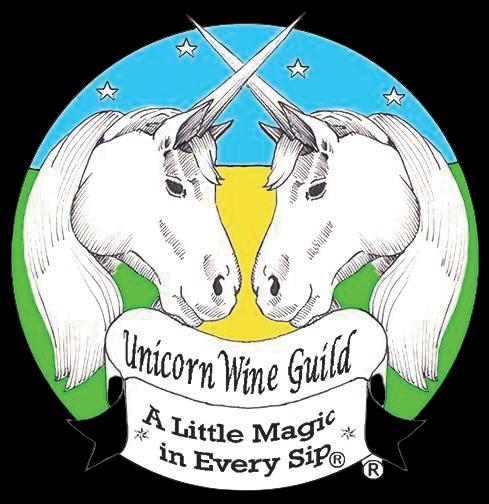









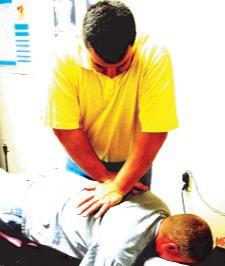


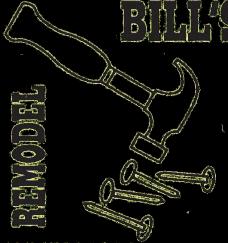

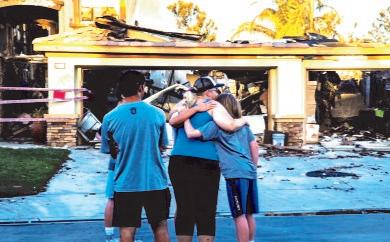


DEAR PAW'S COR-
NER: My apartment has been infested with fleas all summer! I'm so frustrated. My two cats are suffering from hot spots and patchy fur because of the flea bites, and I've constantly got bites all over my legs. I don't want to give my cats flea medicine because I heard it is dangerous to their health. What can I do to get rid of these fleas? Cara J. in Macon, Georgia
DEAR CARA: You're going to have to plan an all-out assault on the flea infestation, and do it as soon as possible.
Talk to your veterinarian about the health risks and benefits of various flea and tick treatments. Ticks can give your cats heartworm and tapeworm. Your cats' health is at greater risk right now from not doing anything than they would be from an effective treatment.
Next, get rid of the fleas and their eggs in your house with a complete cleaning and treatment. Take down the curtains and wash and dry them. Wash all your bedding and clothes. Dust from ceiling to floor. Vacuum the carpets thoroughly. Wash all mats and put out in the sun to dry. Clean every corner of the apartment. Clean fabric furniture with a steam cleaner. Flip the sofa and vacuum up all the dust bunnies and dirt.
Finally, with the cats sequestered in a safe room, treat the carpet to kill remaining fleas and their eggs. You can use a direct spray or an insecticide that is sprinkled into the carpet and vacuumed up. This all-out assault will nearly wipe out the fleas in your home. But they can (and will) come back. To keep them on the retreat, vacuum twice a week, wash your cats' bedding weekly, and make sure the cats get their flea/tick/heartworm medication on schedule.
Send your tips, comments or questions to ask@pawscorner.com.
(c) 2024 King Features Synd., Inc.








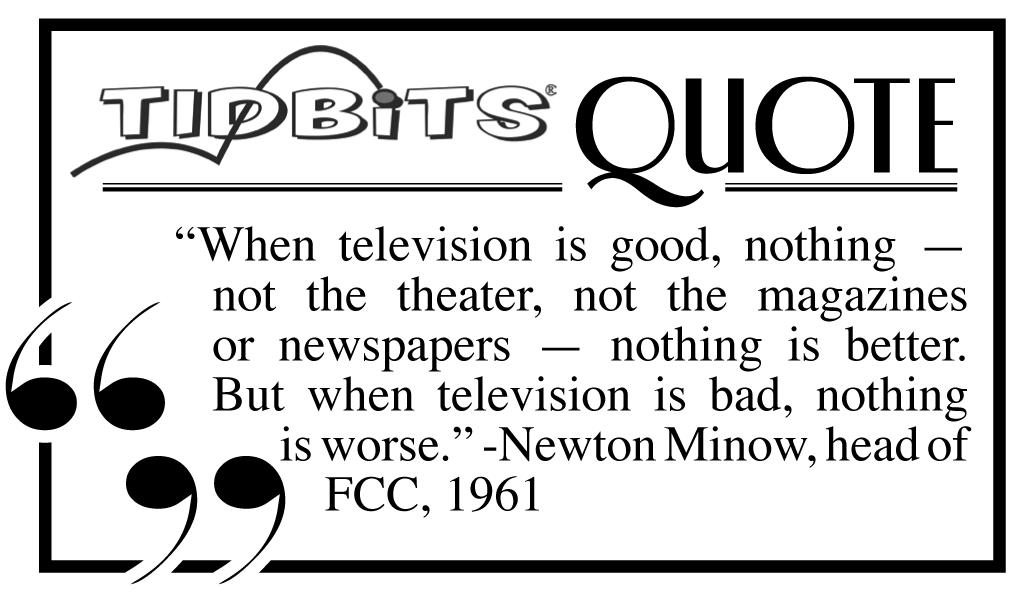





• Number of tons of food a typical human will eat over a lifetime: 60
• Weight of a typical small car, in tons: 1
• Number of muscles in the body: 600
• Number of muscles it takes to read this sentence: 12
• Number of steps an average human will take in a lifetime: 200 million
• Percent of its body weight a mouse must eat daily to survive: 50
• Percent of its body weight a human must eat daily to survive: 2
• Percent of body weight that is composed of muscle mass: 40
• Percent of the body’s energy used by muscles: 40
• Number of times you will inhale and exhale today: 20,000
• Surface area of your skin if spread out flat: 20 sq. ft.
• Surface area of your lungs if spread out flat: 1,500 sq. ft.
• Miles of airways in the lungs: 1,500
• Number of cycles of cell division it takes to get from conception to birth: 41
• Number of miles a fit and fully hydrated human can walk at 80°F before collapsing: 45
• Number of miles they can walk at 110°F: 15
• Number of miles they can walk at 120°F: 7
• Number of people who choke to death in the U.S. each year: 5,000
• Percent of children who struggle with stuttering: 4
• Percent of adults who struggle with stuttering: 1
• Percent of stutterers who are male: 80.















